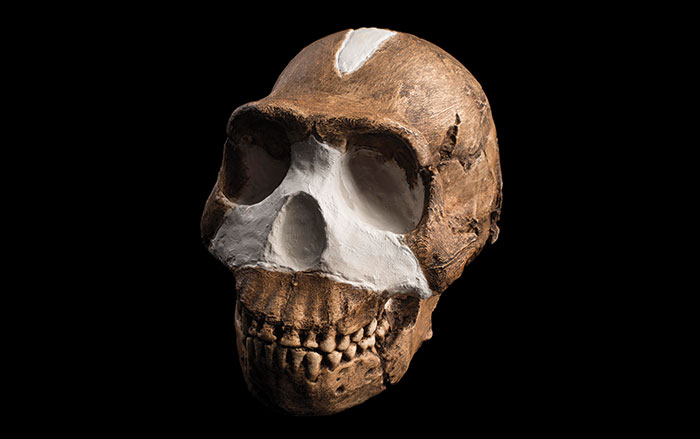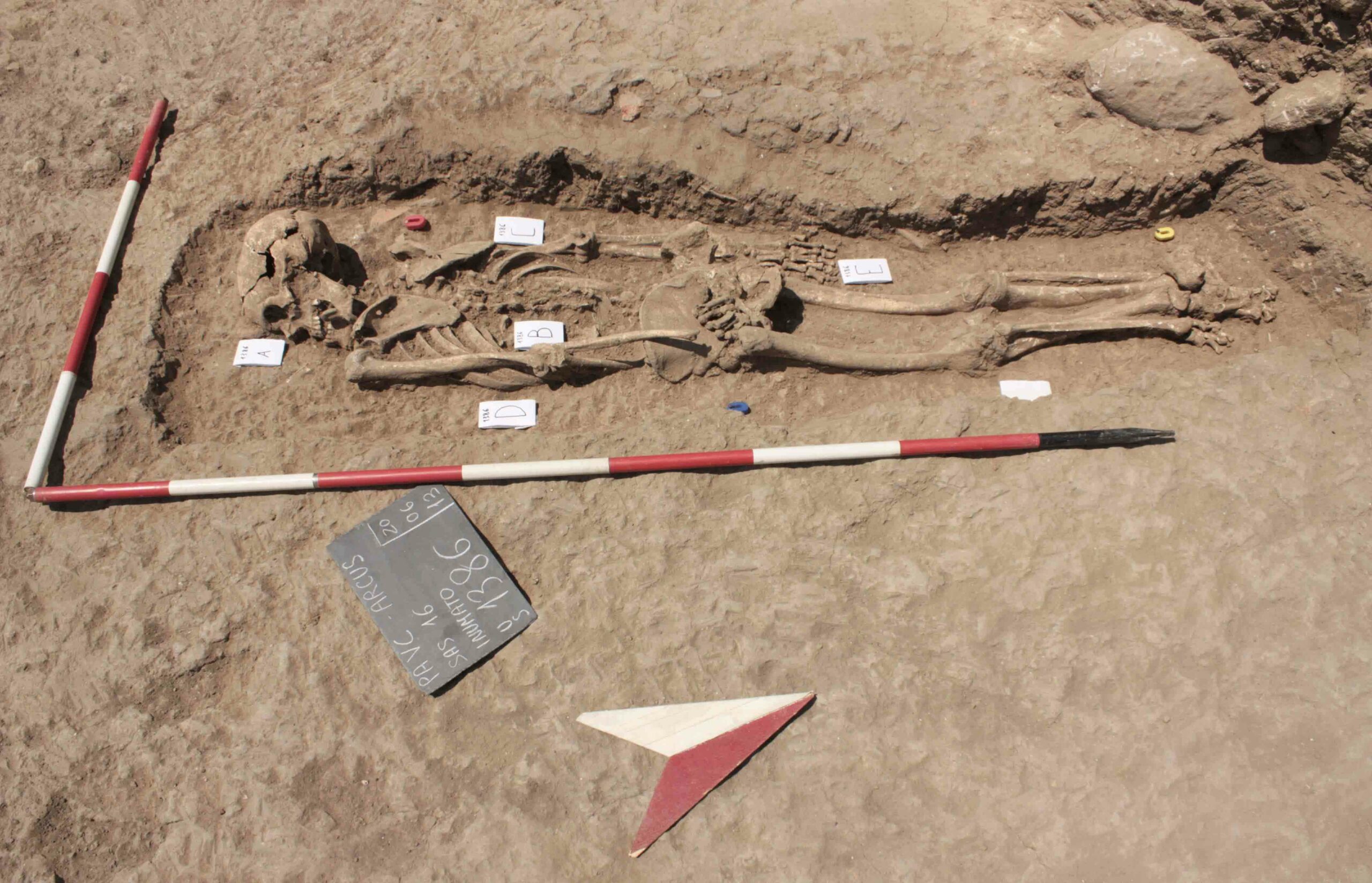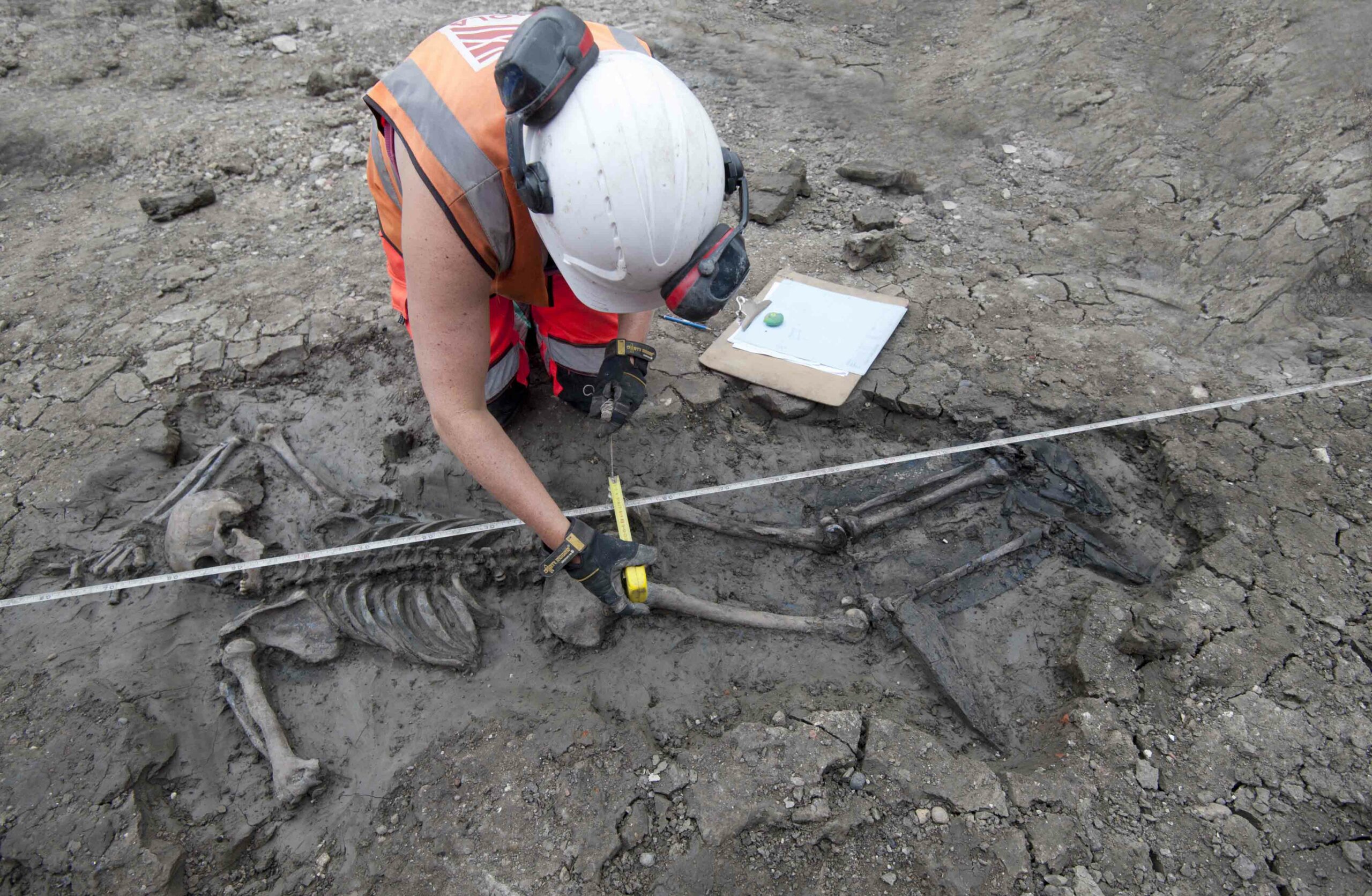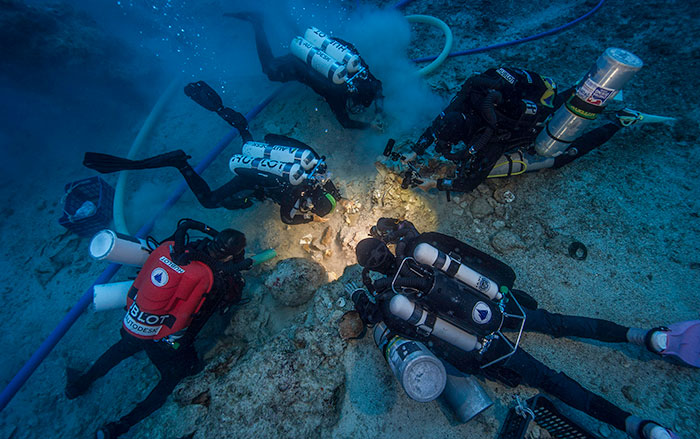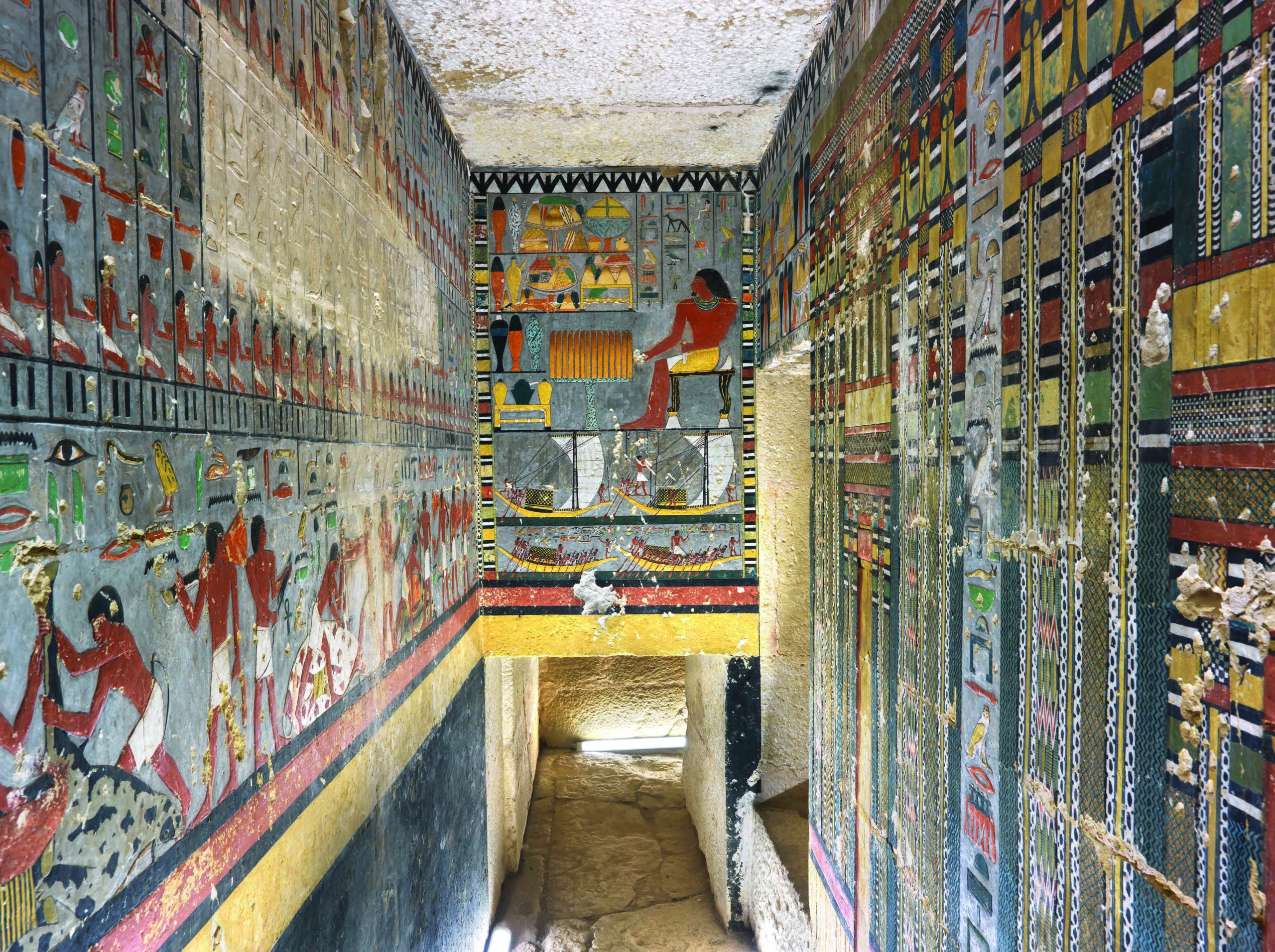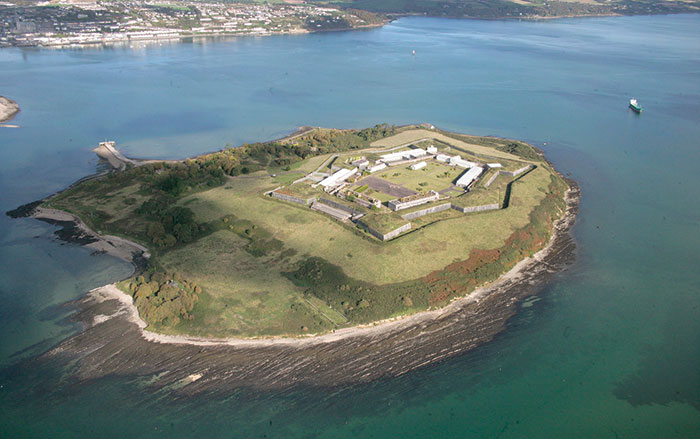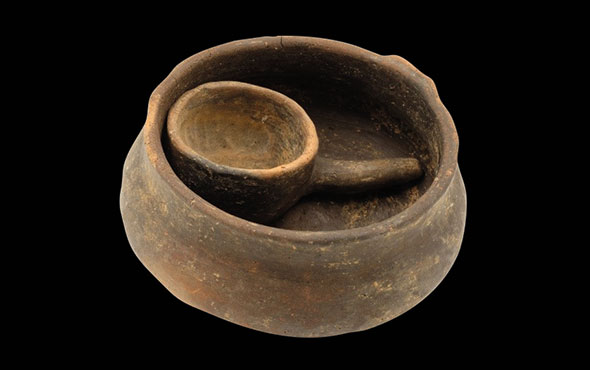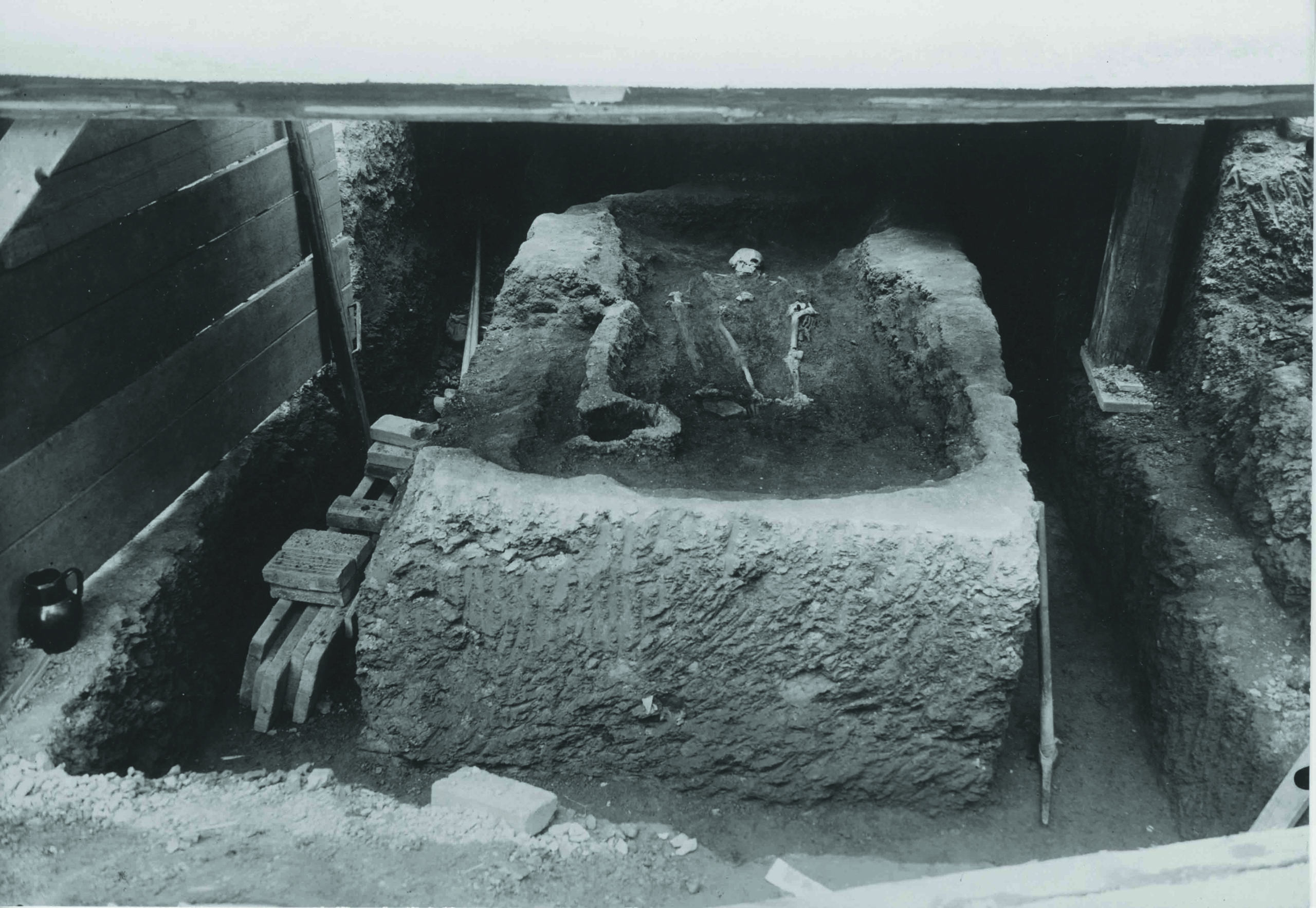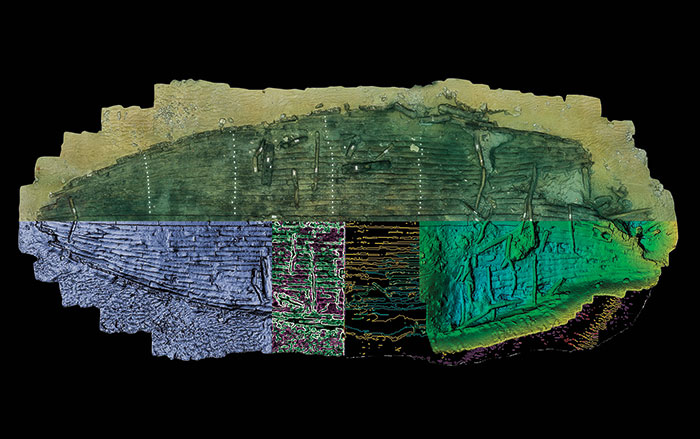
CHAPELLE DOM HUE, GUERNSEY—BBC News reports that a skeleton discovered on the island of Guernsey may have belonged to a sailor in Britain’s Royal Navy who died around 1760, based upon radiocarbon dating and leather buttons found in the grave. “One of the problems we always have with bodies dug up in Guernsey is our soil is very acidic, so the bones get eaten up very quickly,” said States of Guernsey archaeologist Philip de Jersey. The skeleton’s hands and fingers were also missing, which suggests the body had floated in the sea and was damaged by sea creatures like fish and crabs. Analysis of the man’s teeth could offer clues to his diet and his origins, de Jersey added. “”If the teeth turn out to be French or Spanish then all my theories about him being a Royal Navy sailor will just have to go out of the window,” he explained. To read about an unusual fourteenth-century burial also found on Chapelle Dom Hue, go to "World Roundup: Guernsey."


